“Special Buko Pandan” has been added to your cart. View cart
Pork Dinuguan
$64.00 – $94.00
Dinuguan is a classic Filipino dish known for its rich and savory flavor. It is often referred to as “chocolate meat” due to its dark color, although it doesn’t contain chocolate. The main ingredient of dinuguan is pork, typically pork belly or shoulder, although other parts such as intestines or liver may also be used.
Description
Additional information
| Size |
Full Tray, Half Tray |
|---|
Reviews (0)
Be the first to review “Pork Dinuguan” Cancel reply
Shipping & Delivery
Related products
Beef Kare-Kare
$70.00 – $98.00
Beef Kare-Kare is a traditional Filipino dish made with tender beef, vegetables, and a rich peanut sauce. It's often served with bagoong (fermented shrimp paste) on the side for an extra flavor kick. The beef is typically simmered until tender and combined with various vegetables like eggplant, banana hearts, and string beans. The peanut sauce is made from ground peanuts or peanut butter, annatto seeds for color, and other ingredients like garlic, onions, and shrimp paste for flavor. It's a hearty and flavorful dish that's perfect for sharing with family and friends.
Inihaw Pork Ear
$60.00 – $92.00
Lumpia Shanghai
$45.00 – $85.00
Lumpia Shanghai is a popular Filipino dish consisting of small, thin spring rolls filled with a mixture of ground meat, typically pork, and vegetables. It's a beloved appetizer or snack often served at parties, gatherings, and celebrations.
Lumpia Shanghai is loved for its crispy texture, savory filling, and delightful combination of flavors. It's a versatile dish that can be enjoyed as an appetizer, snack, or even as part of a meal alongside rice and other Filipino dishes.
Pancit Bihon Guisado
$55.00 – $65.00
Bihon guisado is a classic Filipino dish made with bihon noodles, also known as rice vermicelli, stir-fried with a variety of meats, vegetables, and seasonings. It's a flavorful and satisfying noodle dish that's commonly served as a main course or as part of a meal in the Philippines.
Bihon guisado is often garnished with sliced green onions and calamansi or lemon wedges for an extra burst of citrus flavor. It's a versatile dish that can be customized with different ingredients according to taste, and it's loved by many for its delicious combination of flavors and textures.
Pancit Malabon
$60.00 – $70.00
Pancit Malabon is a popular Filipino noodle dish that originated in Malabon City, Philippines. It's known for its thick rice noodles (bihon) that are stir-fried with a flavorful sauce and topped with an array of seafood, meat, and vegetables.
Pancit Malabon is a festive and colorful dish, often served during special occasions and celebrations in the Philippines. Its combination of flavors and textures makes it a favorite among locals and visitors alike.
Pork Dinakdakan
$64.00 – $94.00
Dinakdakan is a traditional Filipino dish originating from the Ilocos region in the northern part of the Philippines. It's a savory and tangy appetizer or main dish made primarily from grilled pork parts, typically including pig's ears, cheeks, and liver. After grilling, the meat is chopped into bite-sized pieces and mixed with various flavorings such as calamansi juice (a local citrus fruit), vinegar, onions, and chili peppers. The dish is known for its bold and zesty taste, with the acidity of the vinegar and calamansi cutting through the richness of the grilled pork. Dinakdakan is often enjoyed as a pulutan (beer match) or as part of a hearty meal, served alongside rice or with a side of pickled vegetables. It's a favorite among Filipinos for its robust flavor and is commonly served during gatherings and celebrations.
Pork Kare-Kare
$64.00 – $94.00
Special Pandesal
$8.00
Pandesal is a traditional Filipino bread roll that is a staple in many households and bakeries throughout the Philippines. It is a small, soft, and slightly sweet bread roll that is typically enjoyed for breakfast or as a snack, often paired with coffee or hot chocolate.
The name "pandesal" comes from the Spanish words "pan de sal," which translates to "bread of salt." However, despite its name, pandesal is not actually salty; it's more commonly slightly sweet, with a mild flavor.
Freshly baked pandesal is best enjoyed while still warm from the oven, with its soft and fluffy texture and slightly crusty exterior. It's often eaten plain or with a spread of butter or margarine, and sometimes paired with cheese, jam, or other fillings for added flavor.
Pandesal holds a special place in Filipino culture and cuisine, and it's a beloved comfort food that brings back fond memories of home for many Filipinos.
1 Dozen (12pcs)



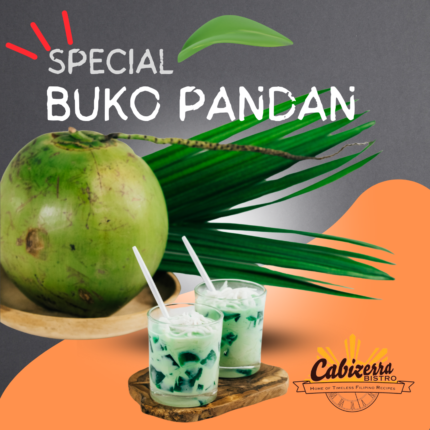
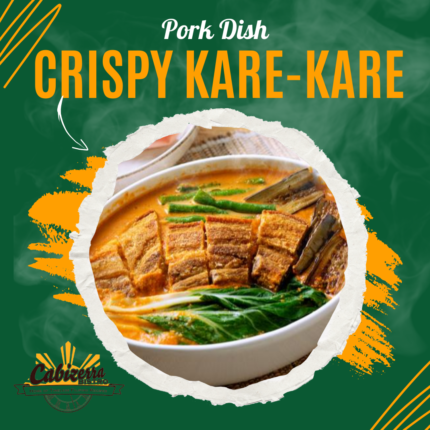
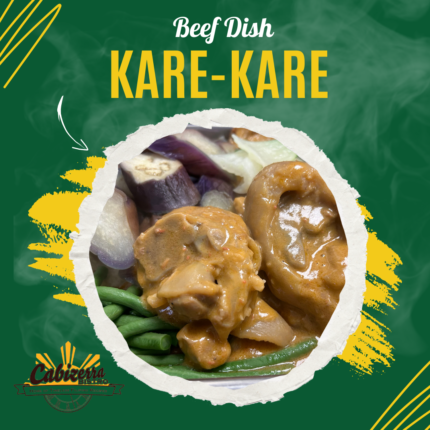
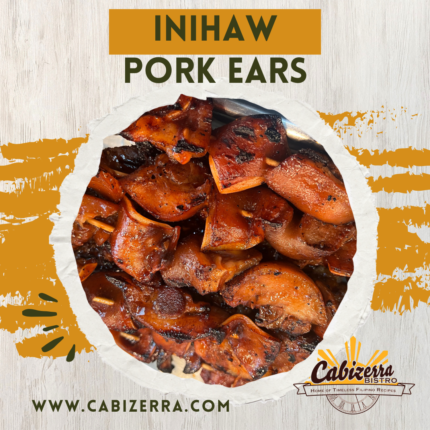
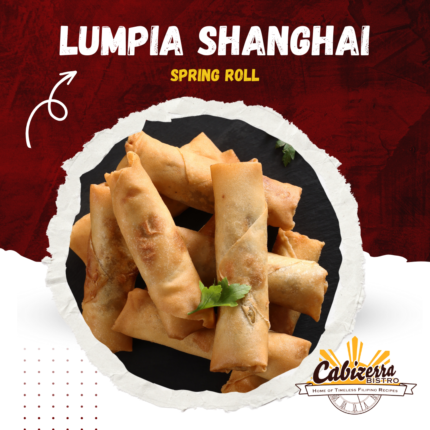
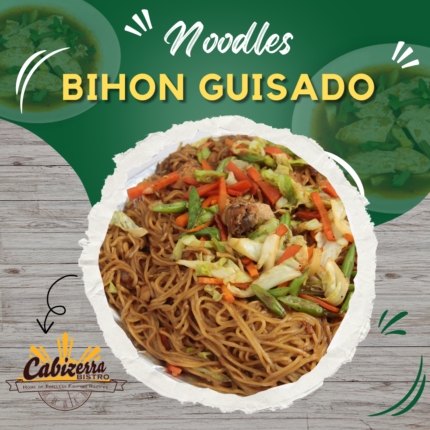
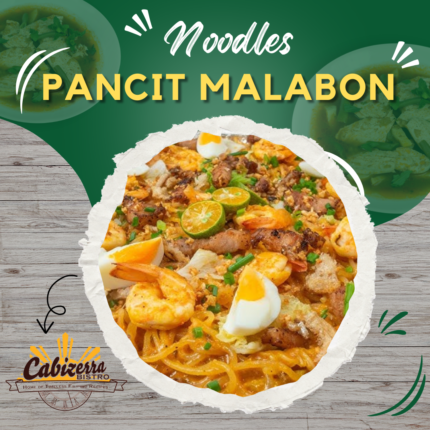
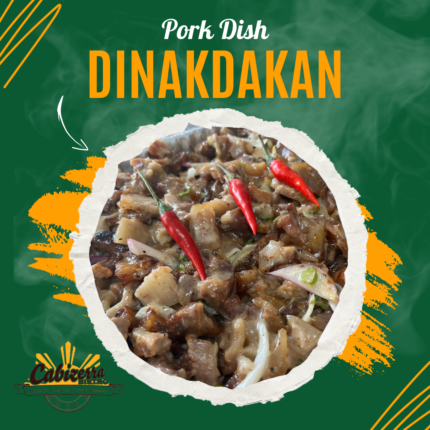
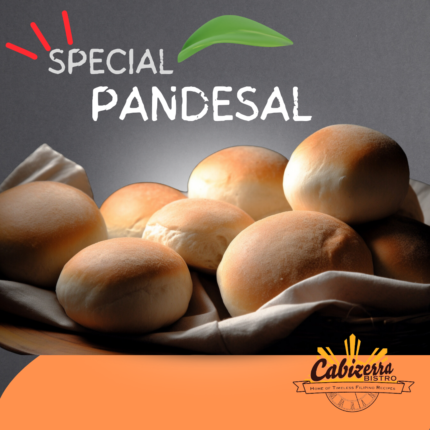
Reviews
There are no reviews yet.